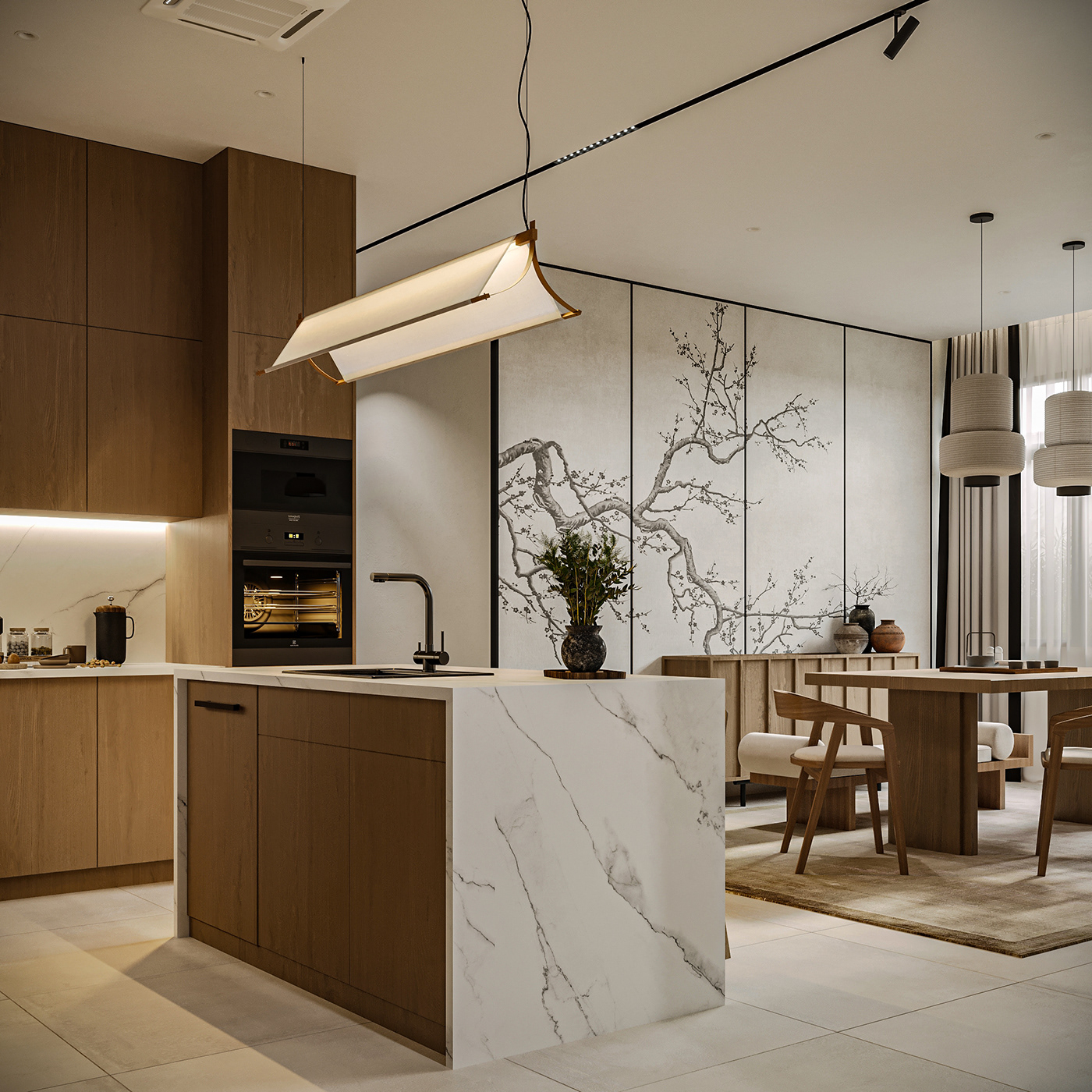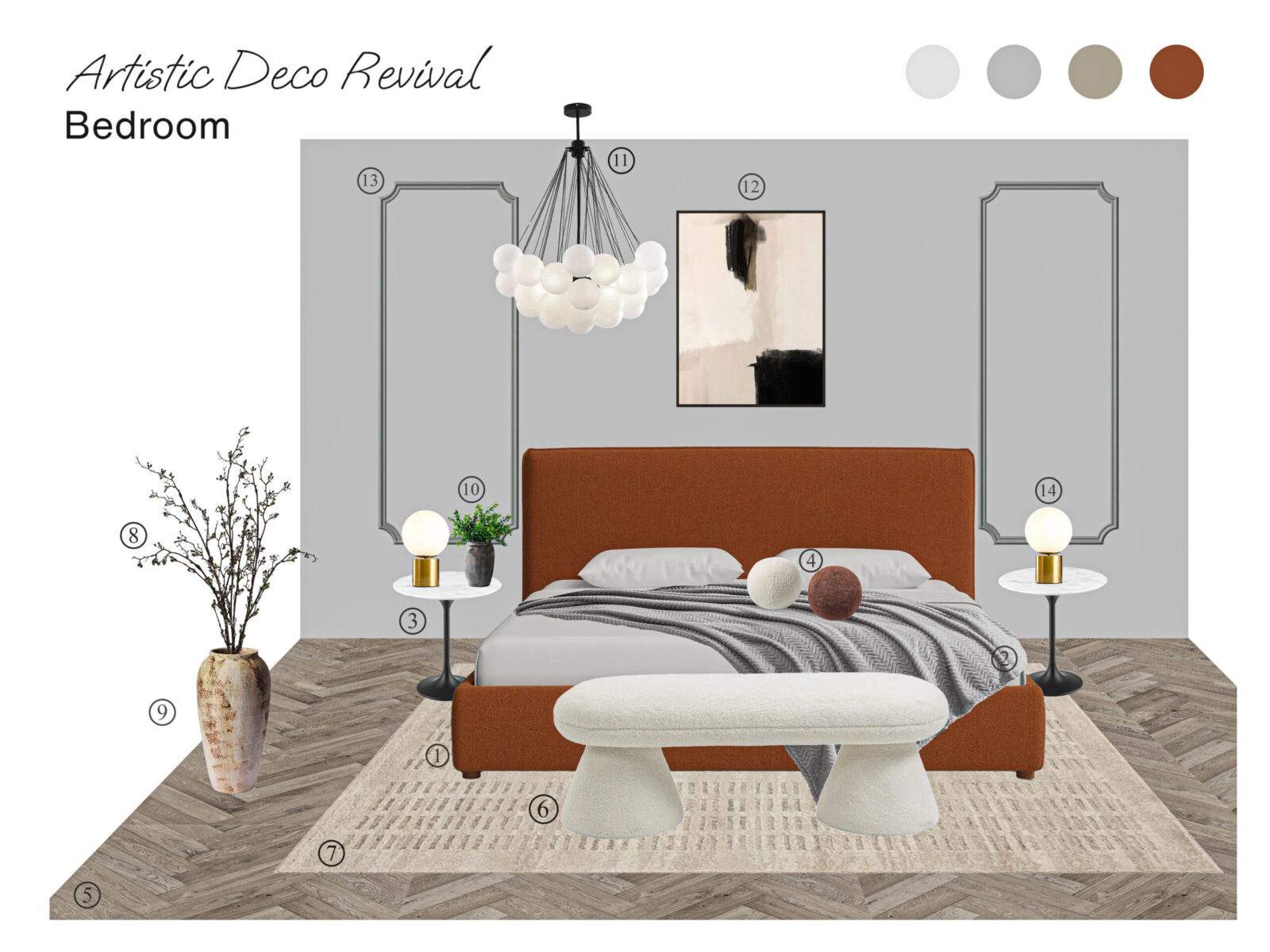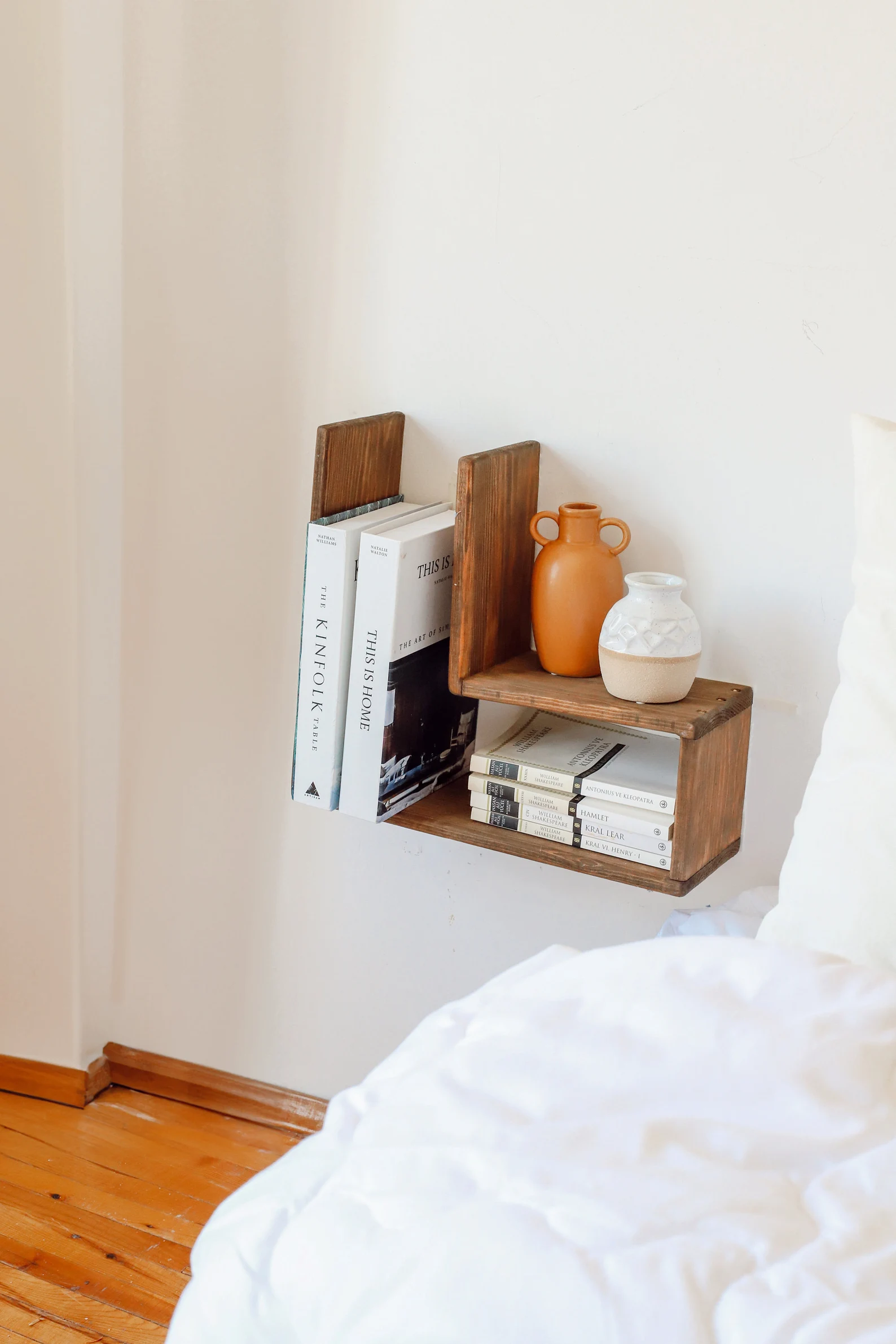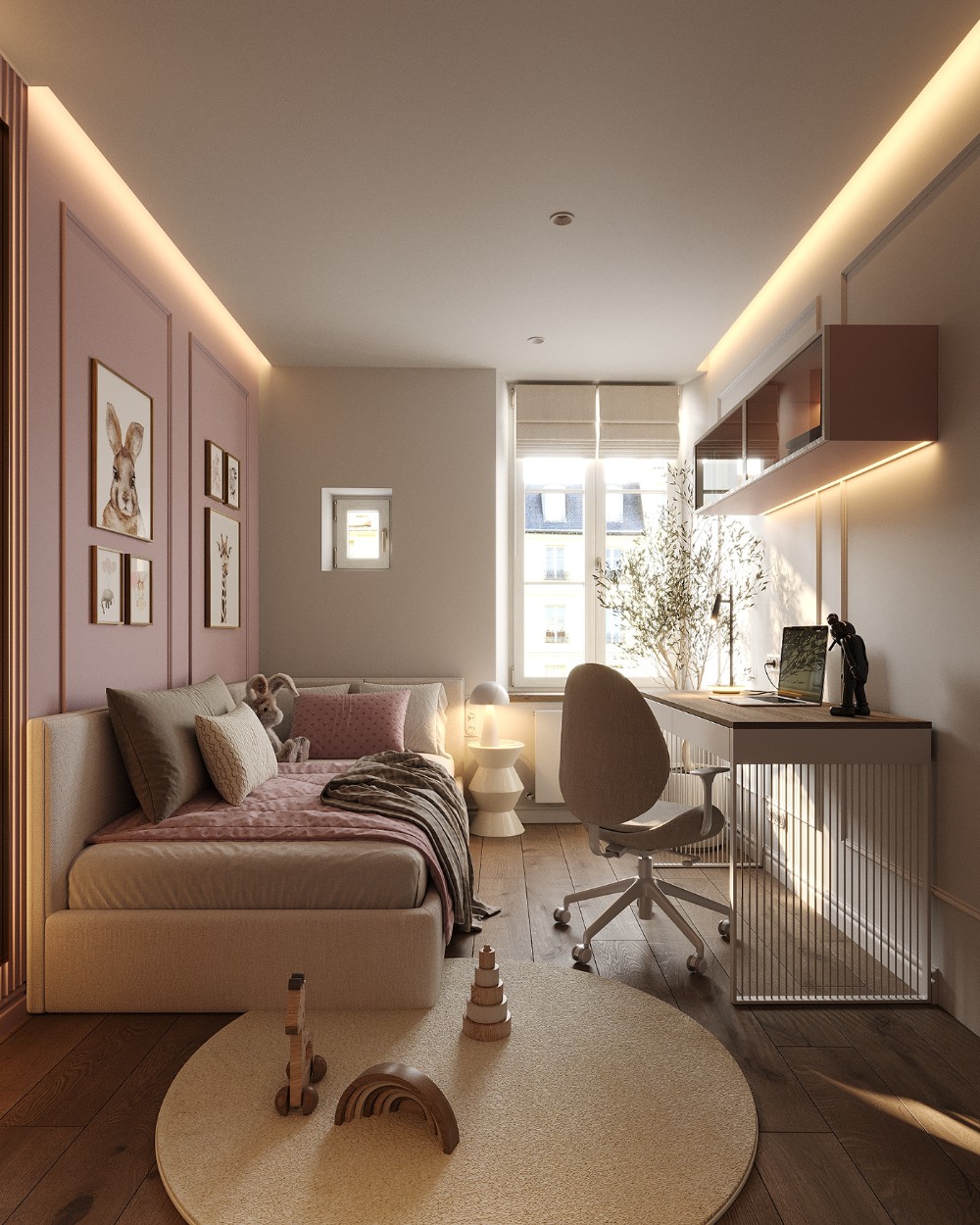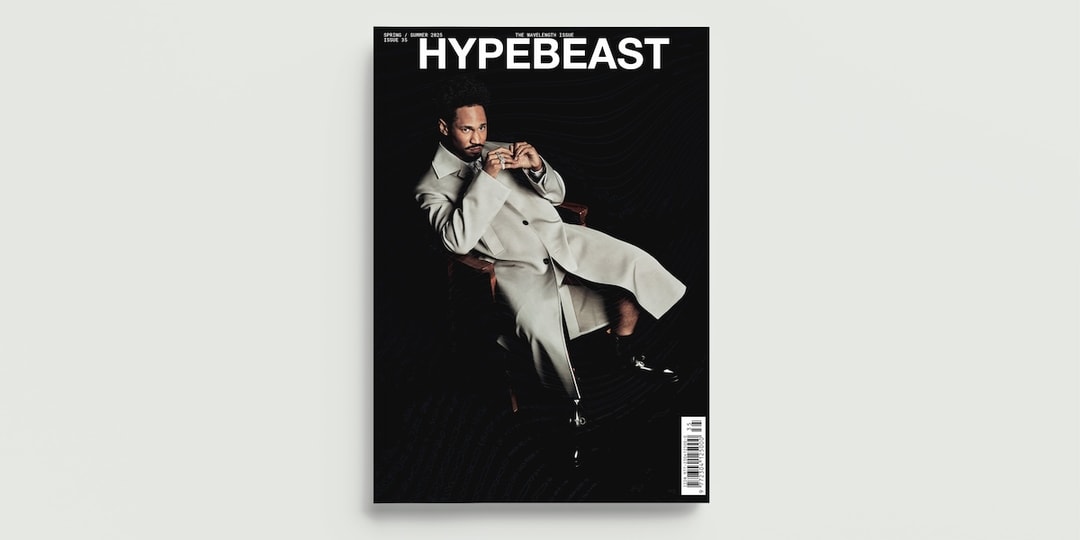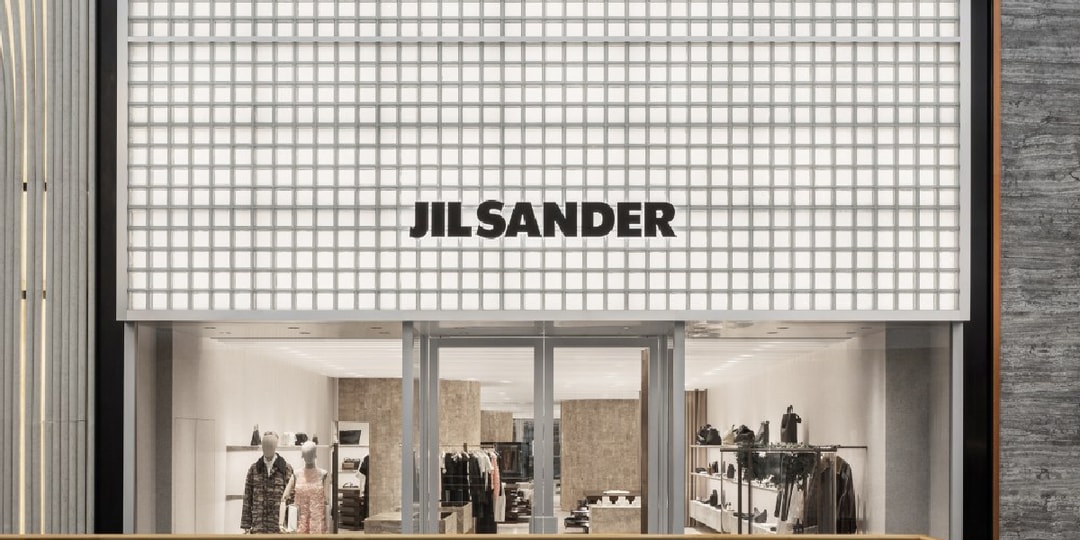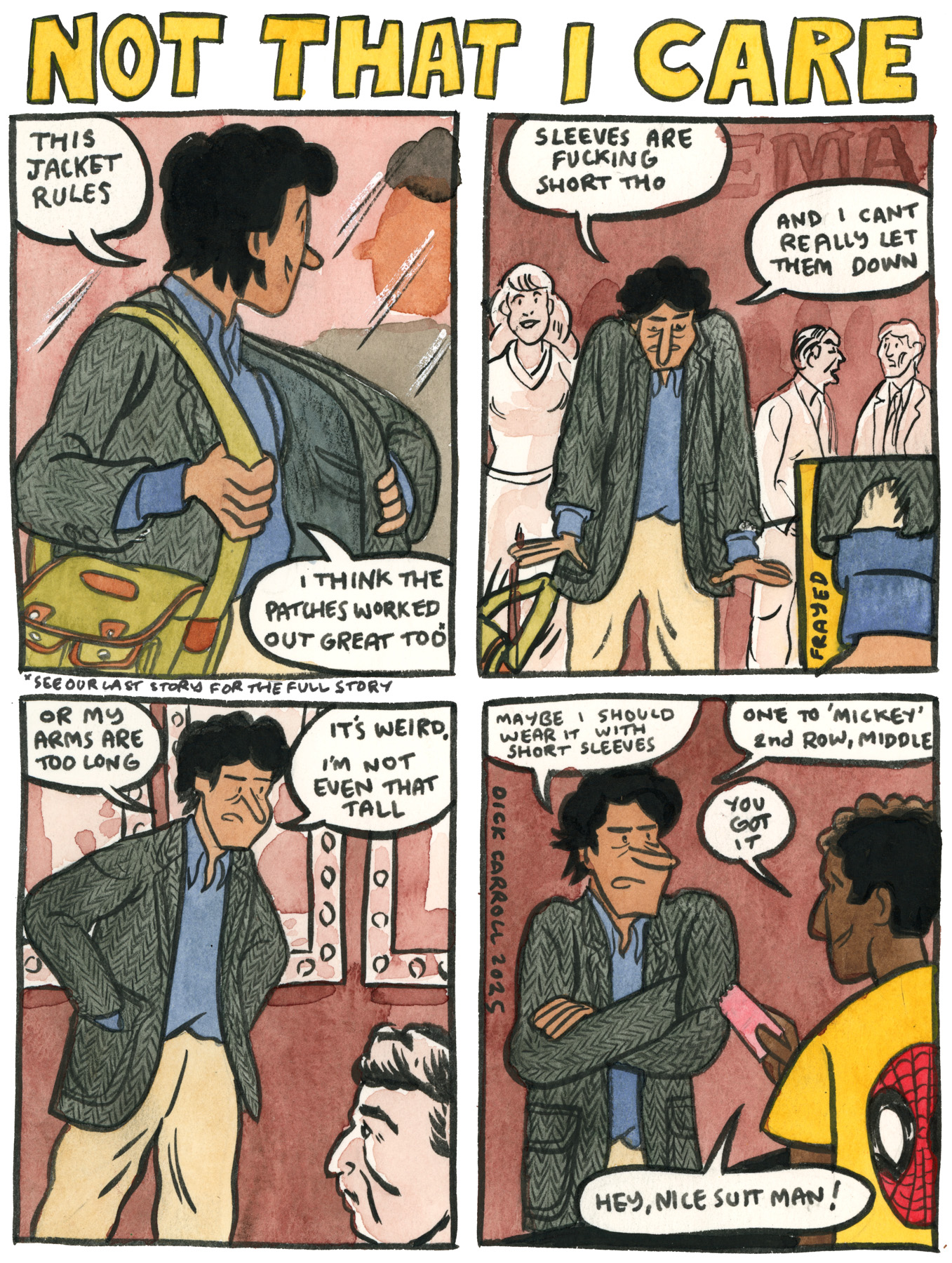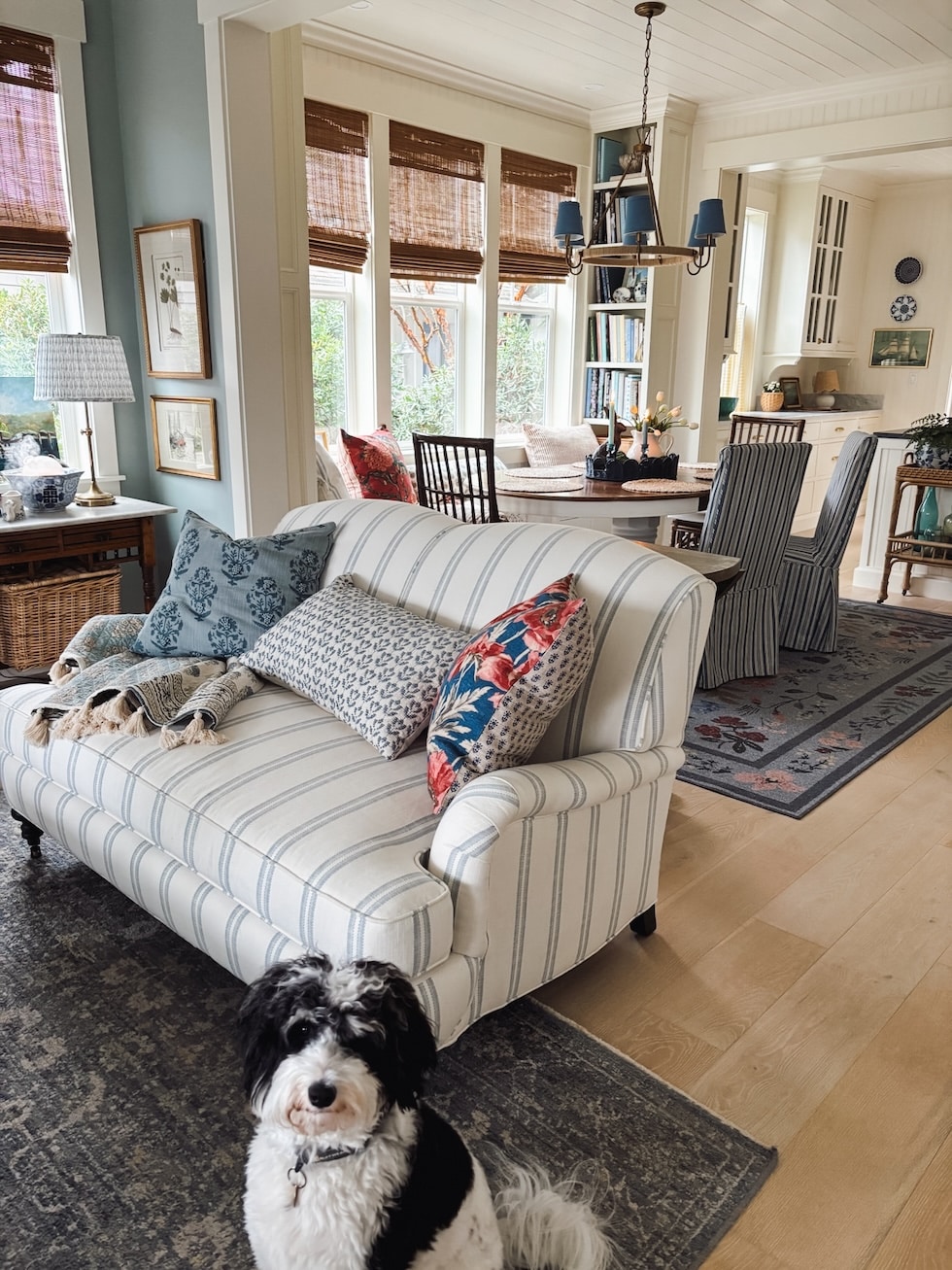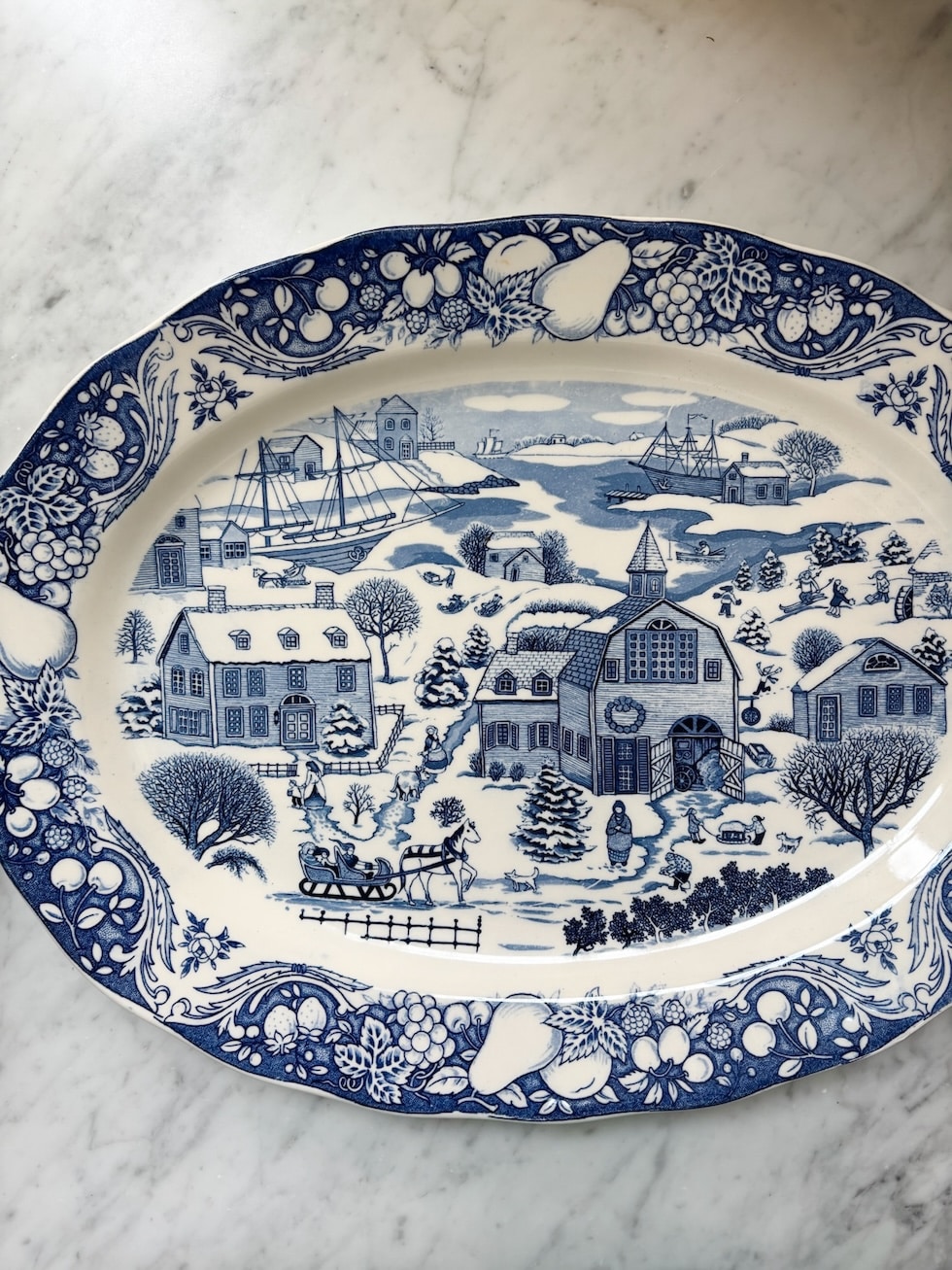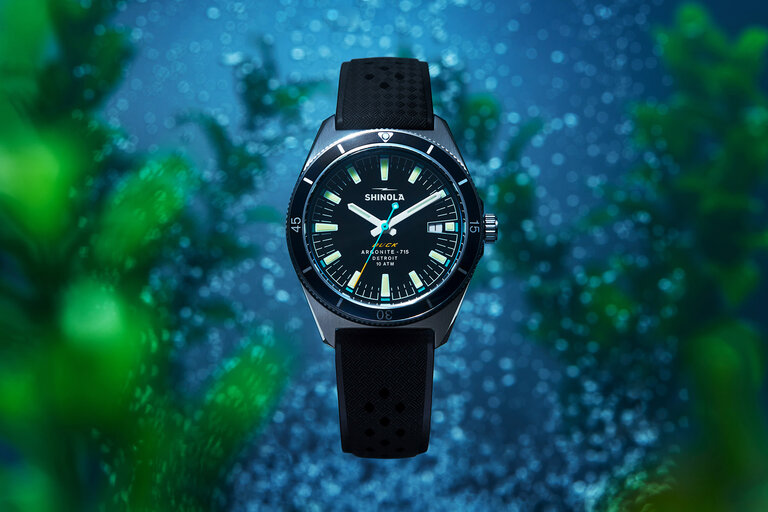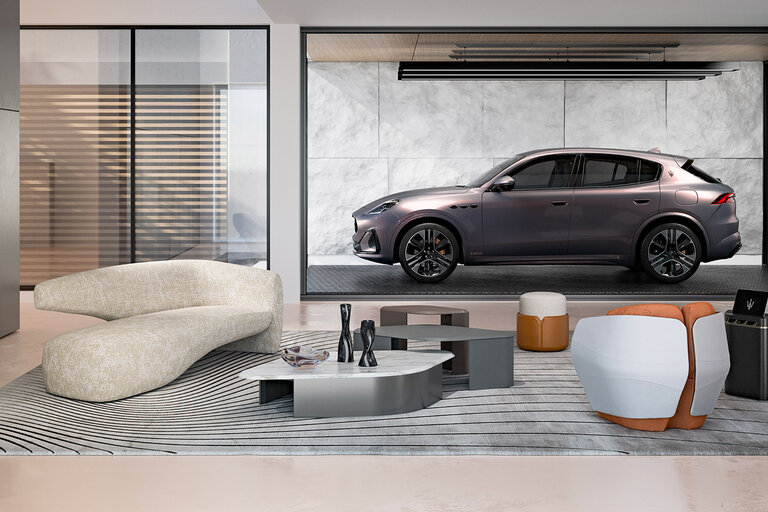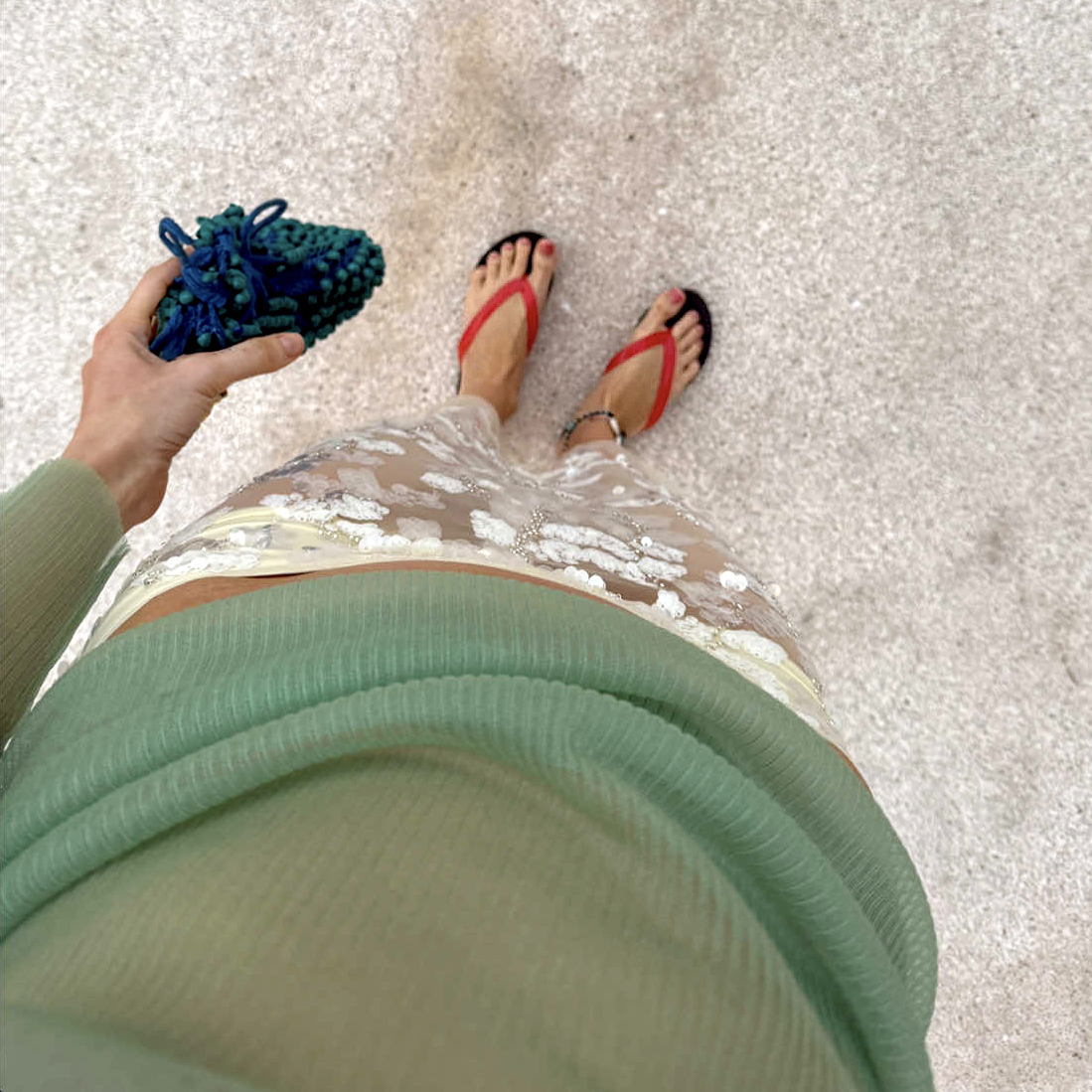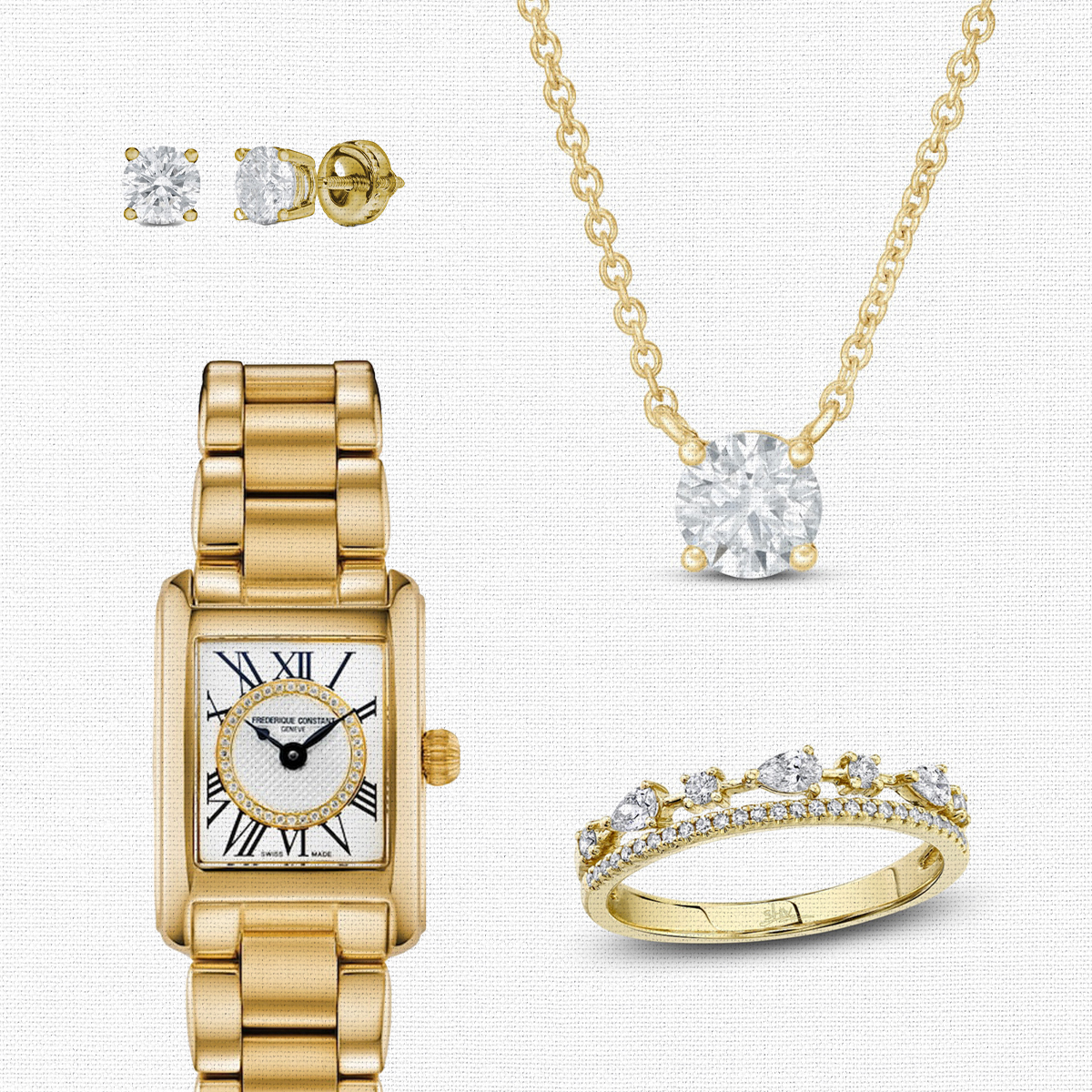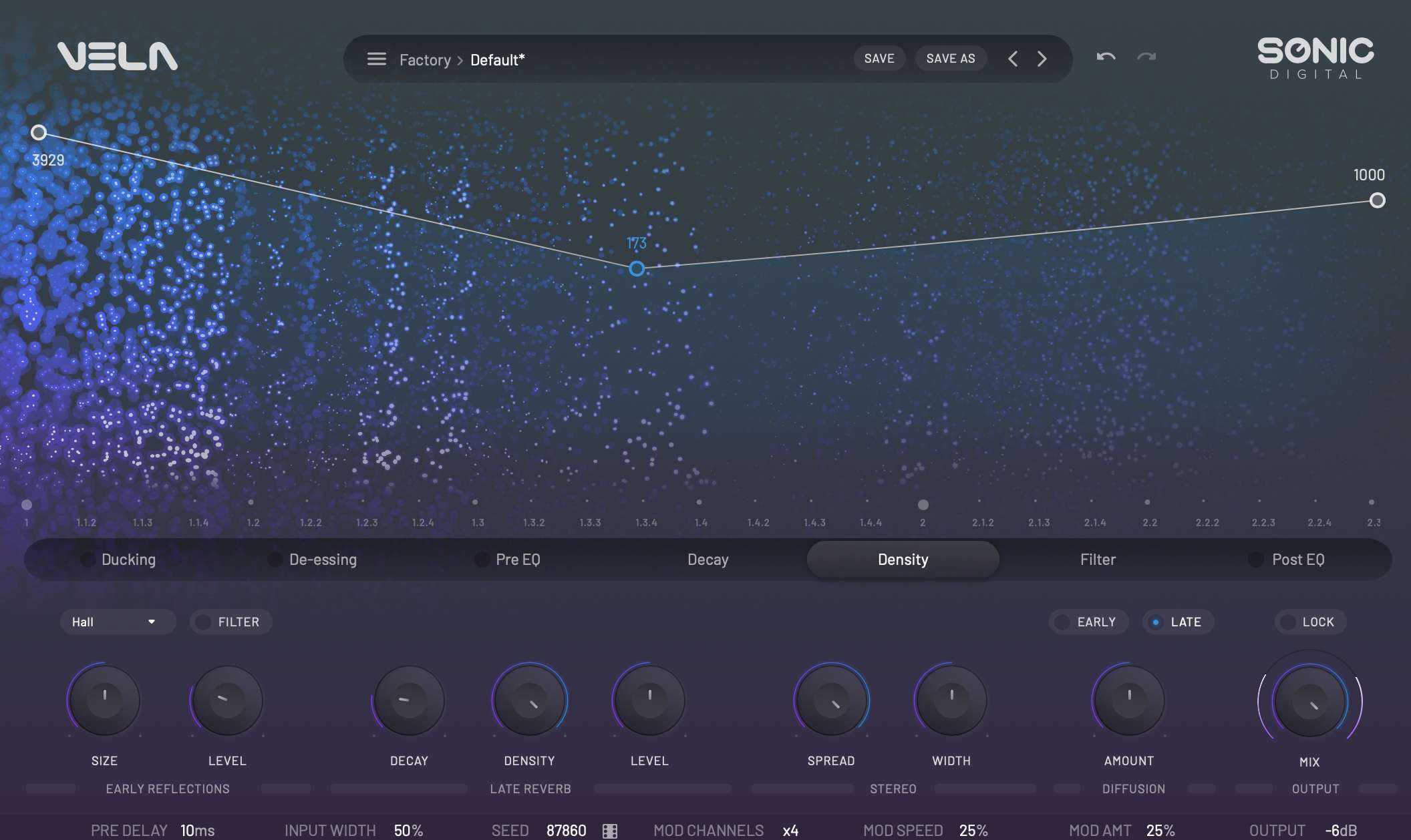"I was shocked" by dominance of luxury brands in Milan says Philippe Starck
Design is being taken over by "toxic" luxury trends, French designer Philippe Starck told Dezeen in an interview at Milan design week. Starck is arguably the most famous living designer, responsible for iconic pieces such as the Masters Chair, Louis Ghost Chair and Juicy Salif citrus-squeezer, as well as several landmark vehicles and buildings. During The post "I was shocked" by dominance of luxury brands in Milan says Philippe Starck appeared first on Dezeen.


Design is being taken over by "toxic" luxury trends, French designer Philippe Starck told Dezeen in an interview at Milan design week.
Starck is arguably the most famous living designer, responsible for iconic pieces such as the Masters Chair, Louis Ghost Chair and Juicy Salif citrus-squeezer, as well as several landmark vehicles and buildings.
During a conversation in Milan last week, Dezeen asked Starck if he feels that design is increasingly becoming associated with luxury, based on the fact that luxury brands had a strong presence at this edition of the world's biggest design festival.
"There is a very dangerous slip to luxe"
"I absolutely agree and I'm very happy you speak about that," Starck replied. "I was shocked this year at the shift from something [that] at the beginning was really democratic, it was really good design for everybody."
"And now I see the big danger, which is the fashionable trends, which is ridiculous," he added.
"There is a very, very dangerous slip to luxe, a lack of ethics, a lack of culture, definitely, and too-fast rotation in the consuming of design because it's trendy."
Starck is known for championing the concept of democratic design – which seeks to ensure that well-designed products are affordable for a broad range of people.
He argued that the wider apparent move away from this ideal is associated with an increasing focus on interior design, rather than design itself.

"You have to see that today design is less and less made by designers, but more and more by interior designers," he said. "It's not the same thing, because it's not the same way to think and it's not the same market."
"Because design – everybody, theoretically, can buy good design. Interior design – it's people with money," he added. "It's luxurious."
"It's very rare I make something luxurious"
Starck also expressed concern about the sustainability implications of design trends, drawing a comparison between furniture and fashion.
"When somebody buys a skirt, it's fashionable during three months, six months [and] after she puts it in the garbage – it's ridiculous, but it's not a big problem, it's 300 grams of fabric," he said.
"But when you make a sofa of four metres in the trendy colours today, it's more than ridiculous – it's toxic, because ecologically, four metres of steel and fabric and foam, it's a disaster. It's terrible, and that is happening now, it's growing in design."
Starck himself has not totally avoided working on luxury projects – notably designing multiple superyachts and high-end hotels, including the surreal Maison Heler in Metz unveiled last month.
"Me, I don't like luxe, I hate luxe," he said. "It's very rare I make something luxurious except if it's in the concept."
"If you make a five-star hotel quite clearly it's luxe, but me I always change the concept. Everybody makes what he loves, what he can. But definitively we know the right way is ecology, democracy, economy, and fantasy."
"Less than 50" well-off designers
Starck predicted that designers will increasingly be divided into two camps – "the luxurious, fancy tribe" and "hopefully young designers who are very ecologically concerned, politically concerned".
However, he acknowledged the difficulty of making a living from design, which he suggested is not properly discussed as an issue.
"We have to remember that there is a sort of fake idea about design and that is quite dangerous for young people," he said.
"Very few people eat with design, very few. Designers which have a comfortable life with design in the world, I'd say it's less than 50. Stars of design today, there is less than 10."
"That's why I cannot say today it's a good job for young people."

The challenges are only likely to become harder as artificial intelligence (AI) precipitates the "Uberisation" of design, he warned.
"Now with AI and things like that, everybody cannot become a designer, but everybody can believe he is a designer. And because he believes he's a designer, he will have customers, he will have clients."
"And if we make a joke, we can say now there is so many designers everybody will have his owner, because we will have the same quantity of designers and of clients."
Solid-wood furniture "not ecological"
Dezeen was speaking to Starck at the Milan showroom of Spanish furniture brand Andreu World with which he is a long-time collaborator, having produced 12 collections.
His pieces for the brand have focused on plywood, with the most recent collection constructed without glue or screws to make them easier to recycle.
It was the result of a nearly three-year project to curve plywood into the right shape. He argued that while a single large solid-wood table may use a whole tree, plywood manufacturing can produce up to 100 pieces from the same raw material.
"I think people will think solid wood is ecological – it's not, it's fake," said Starck. "We don't want to cut trees."
"The problem was that originally furniture in plywood is a little boring, because plywood's flat. That's why I have worked with Andreu World, because they are very good in moulding plywood."

Another Starck project on display at Milan was War Flags, an installation that saw the designer imagine a future global conflict in which neighbour turns on neighbour.
In collaboration with newly founded creative studio Babinet & Co, his studio created 20 flags produced by the imaginary Hate Unlimited Korporation that would allow the fragmented warring factions to distinguish friend from foe and erected them in Brera botanical garden.
"I want people to arrive and be shocked to see something very violent from the army in this paradise," explained Starck.
"I want them to realise that today it's a political metaphor, but tomorrow perhaps it will be not fake flags but real flags, with a tank, with a bomb and a dead body on the floor."
It is a grim message that reflects Starck's anxiety about current political shifts, especially in the US.
"What's happening today, it's a war against culture and intelligence in anything," he said. "It's a war against science, it's a war against creative people, artists – that's why design is in the problem, also. It's not especially against us, it's against any type of intelligence, any type of honesty."
The main photo is courtesy of Andreu World.
Dezeen In Depth
If you enjoy reading Dezeen's interviews, opinions and features, subscribe to Dezeen In Depth. Sent on the last Friday of each month, this newsletter provides a single place to read about the design and architecture stories behind the headlines.
The post "I was shocked" by dominance of luxury brands in Milan says Philippe Starck appeared first on Dezeen.





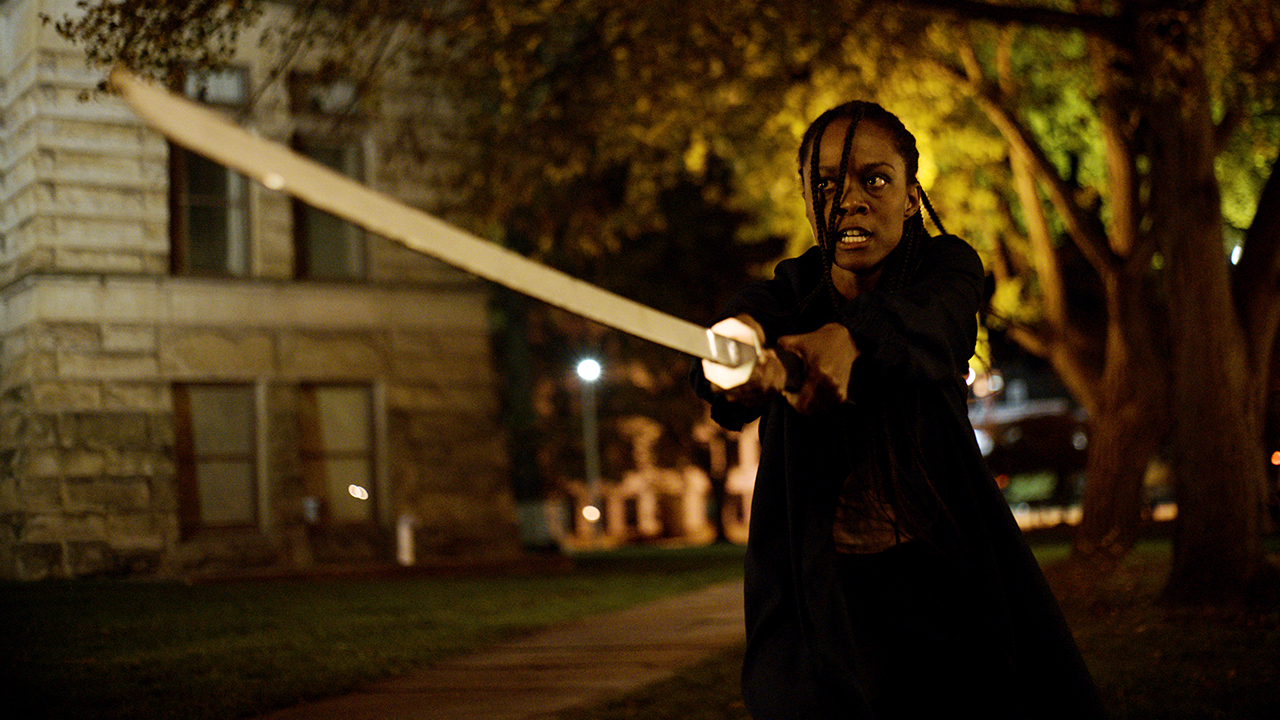













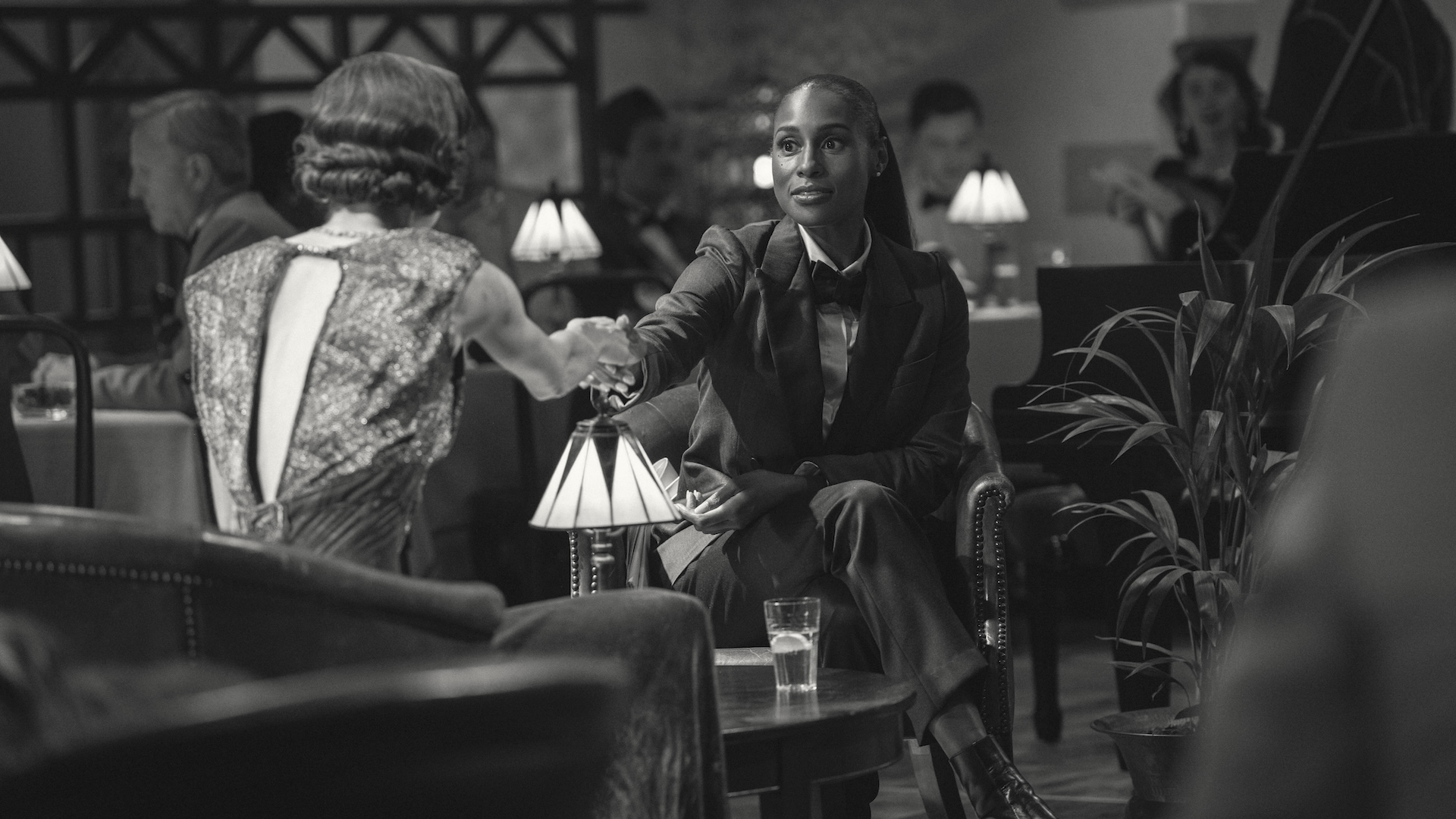









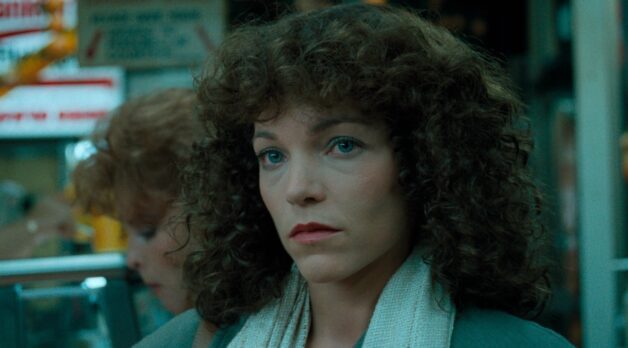






















![THE NUN [LA RELIGIEUSE]](https://www.jonathanrosenbaum.net/wp-content/uploads/2019/12/TheNun-300x202.jpg)
![Bright Spots in the Darkness [My 1998 Top Ten List]](https://jonathanrosenbaum.net/wp-content/uploads/2009/04/rochefort.jpg)





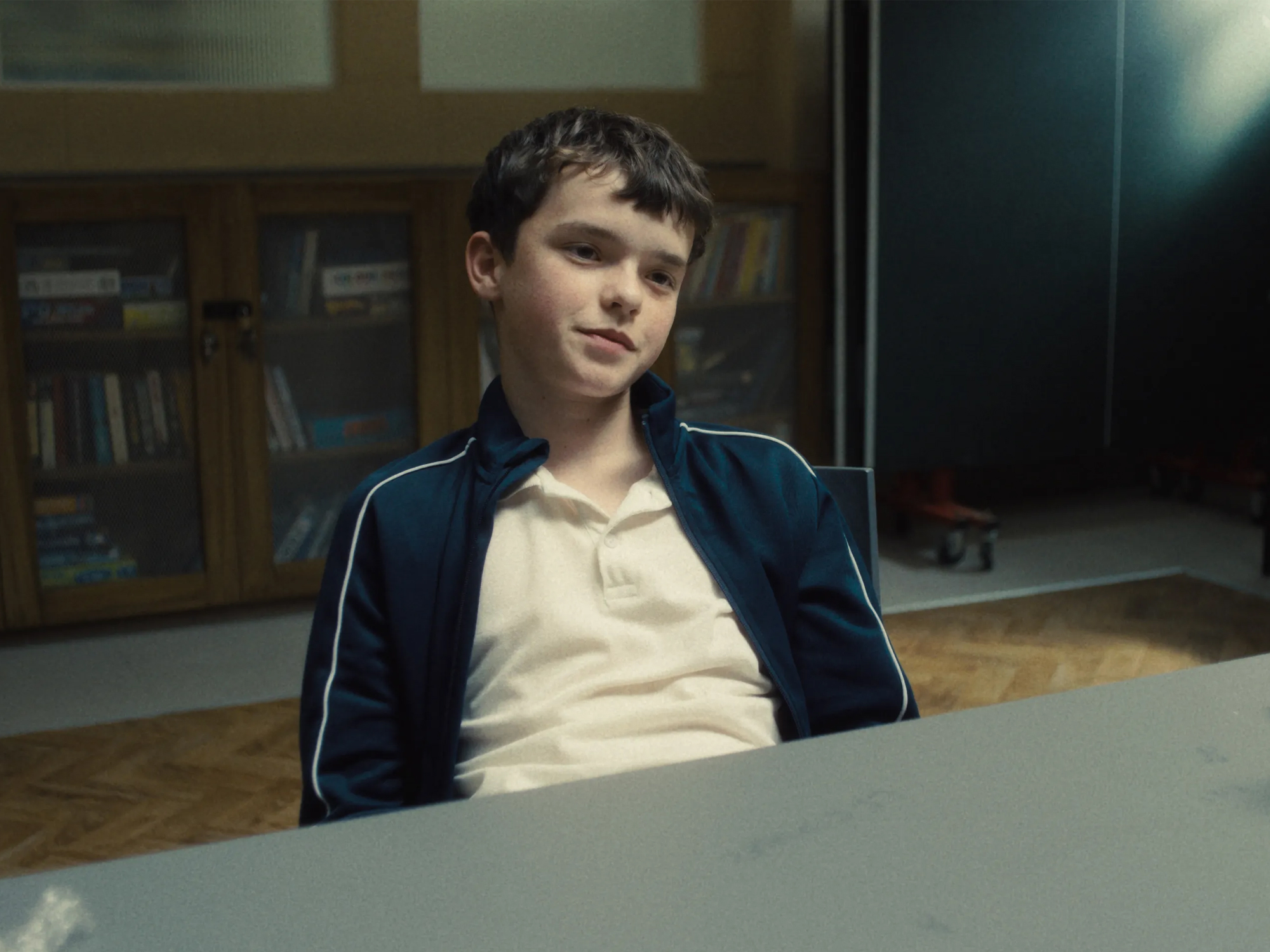



















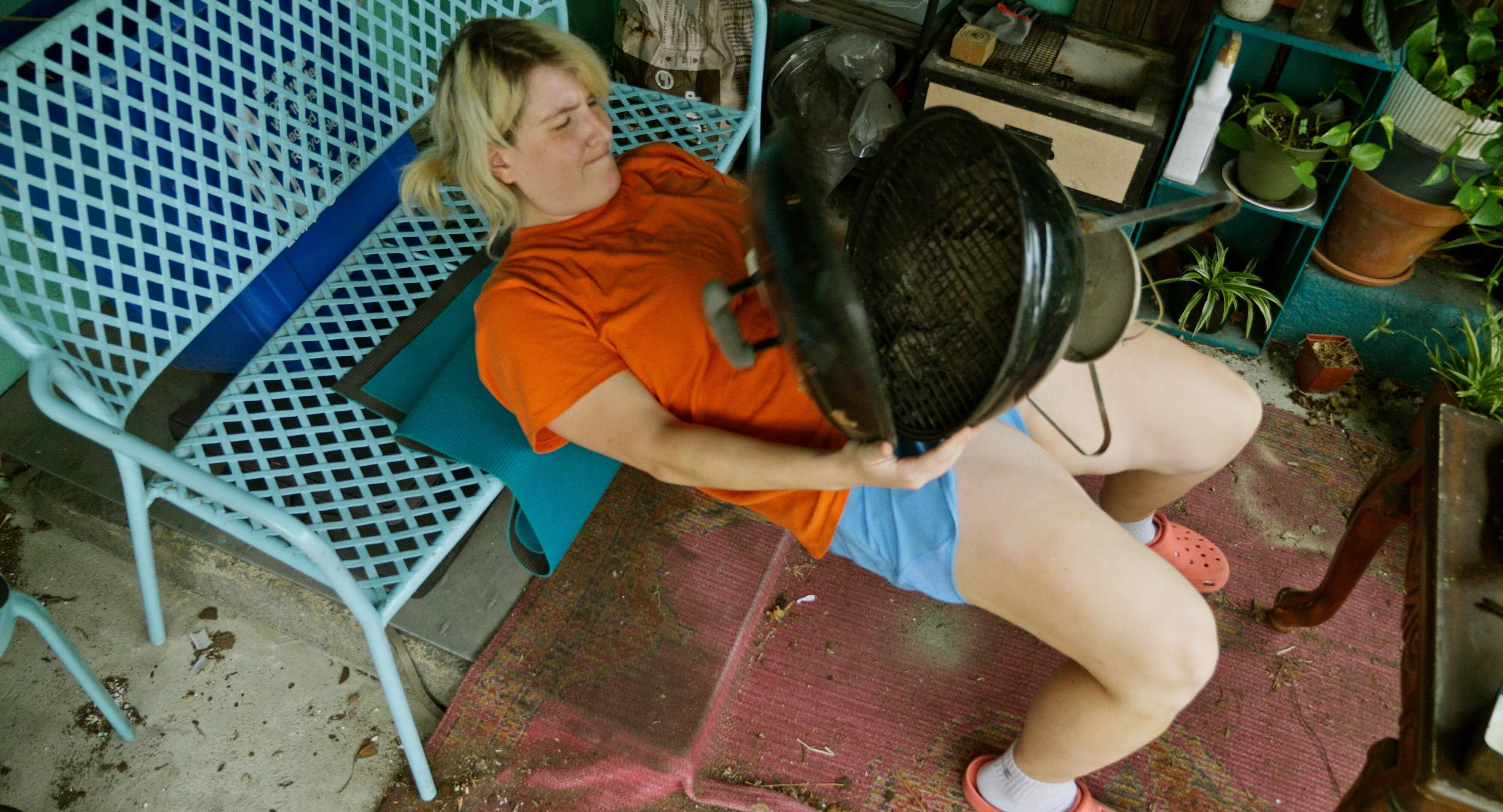











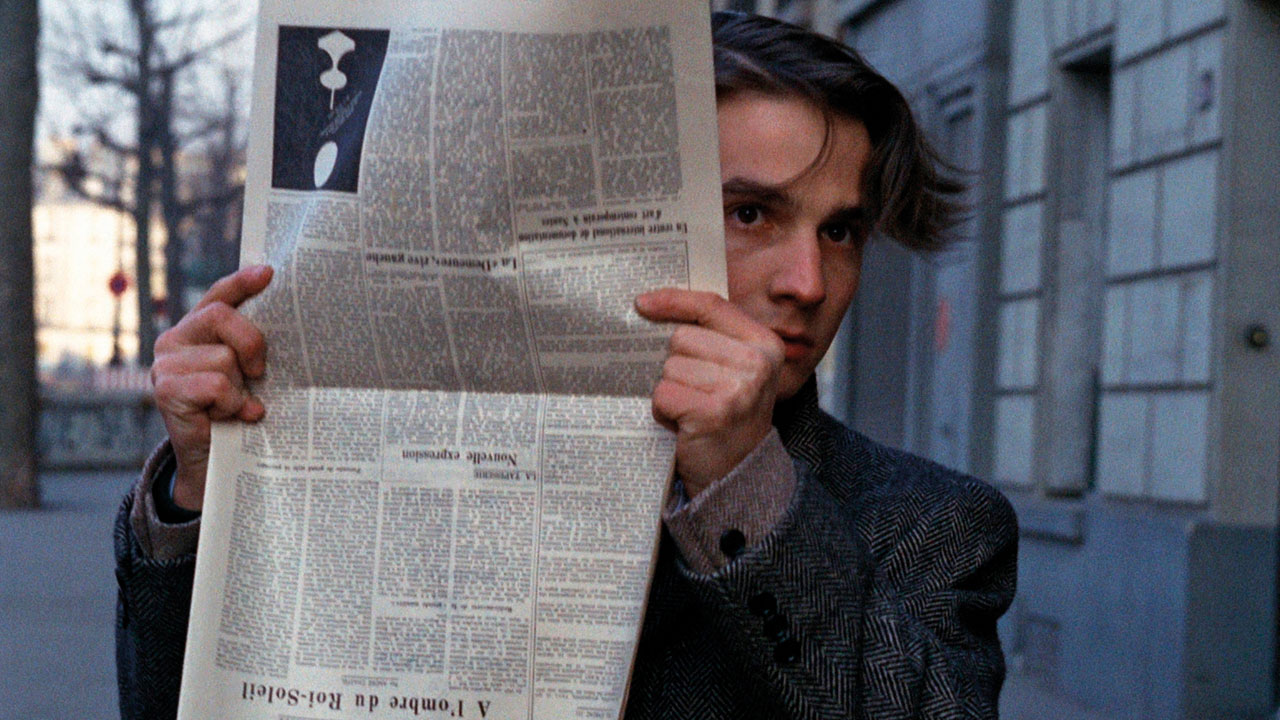
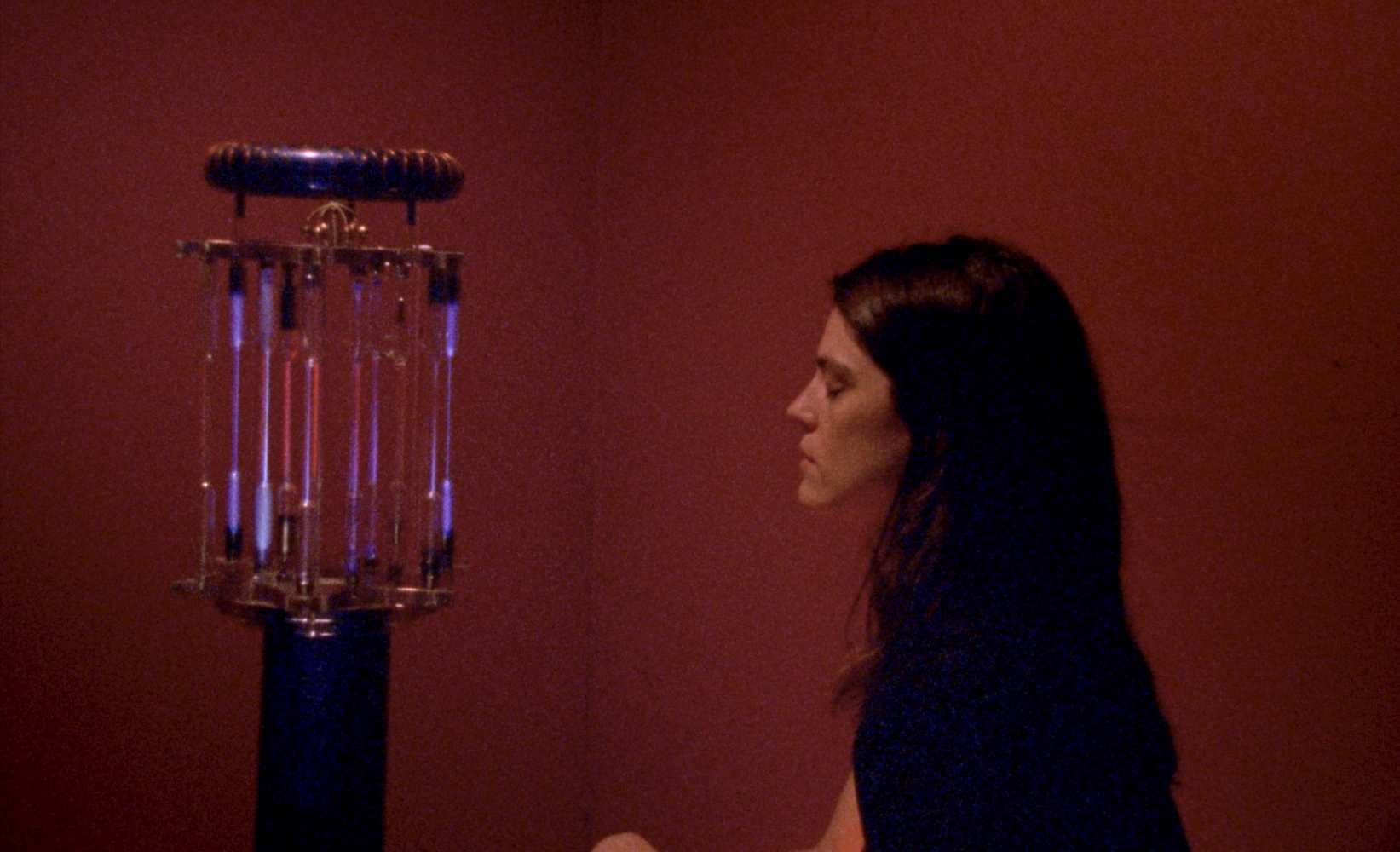



























































































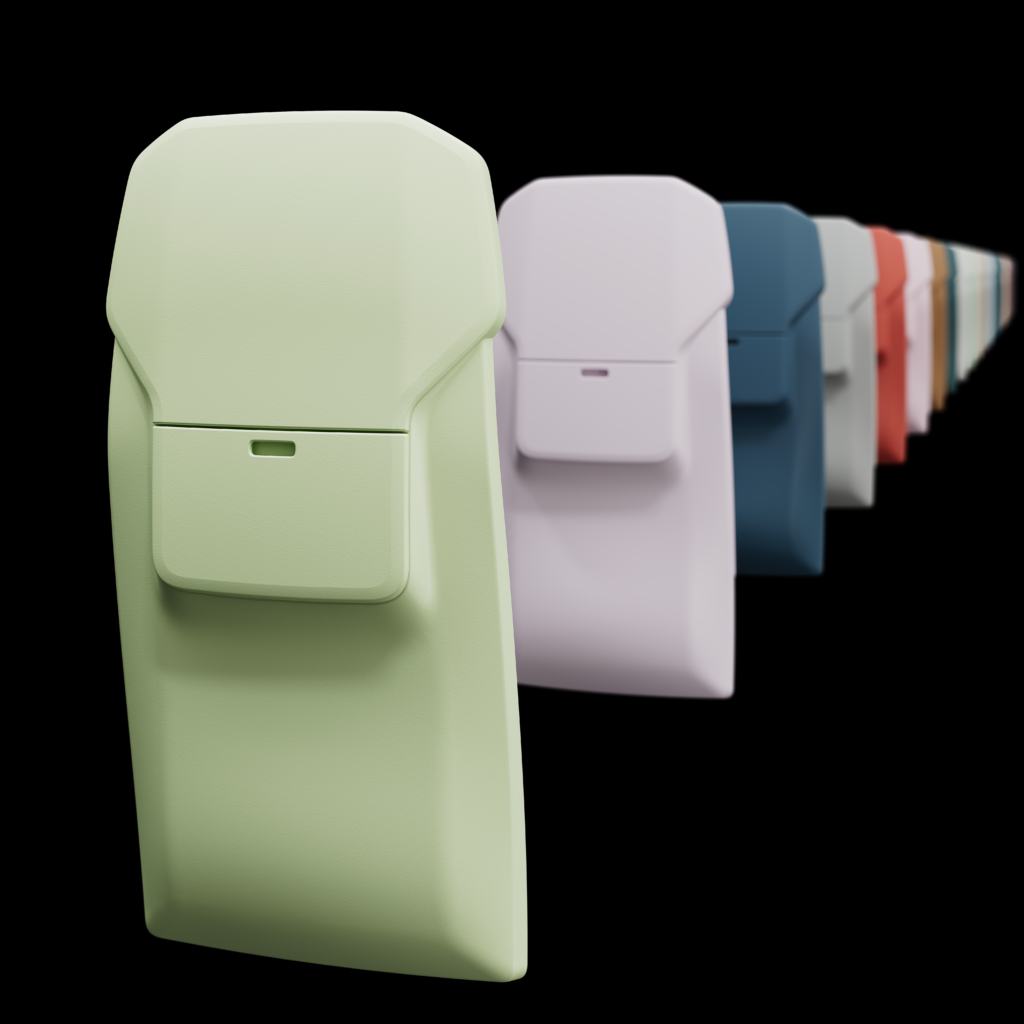















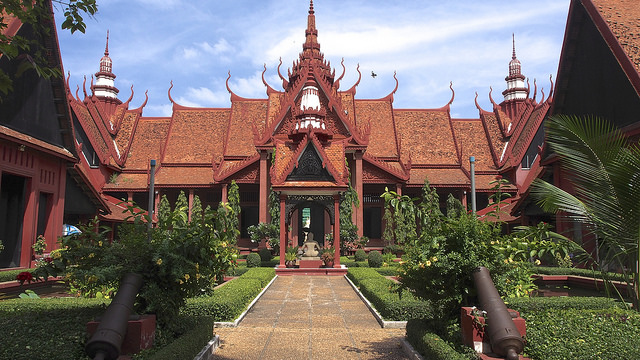


















![Courtyard Marriott Wants You To Tip Using a QR Code—Because It Means They Can Pay Workers Less [Roundup]](https://viewfromthewing.com/wp-content/uploads/2025/04/tipping-qr-code.jpg?#)







































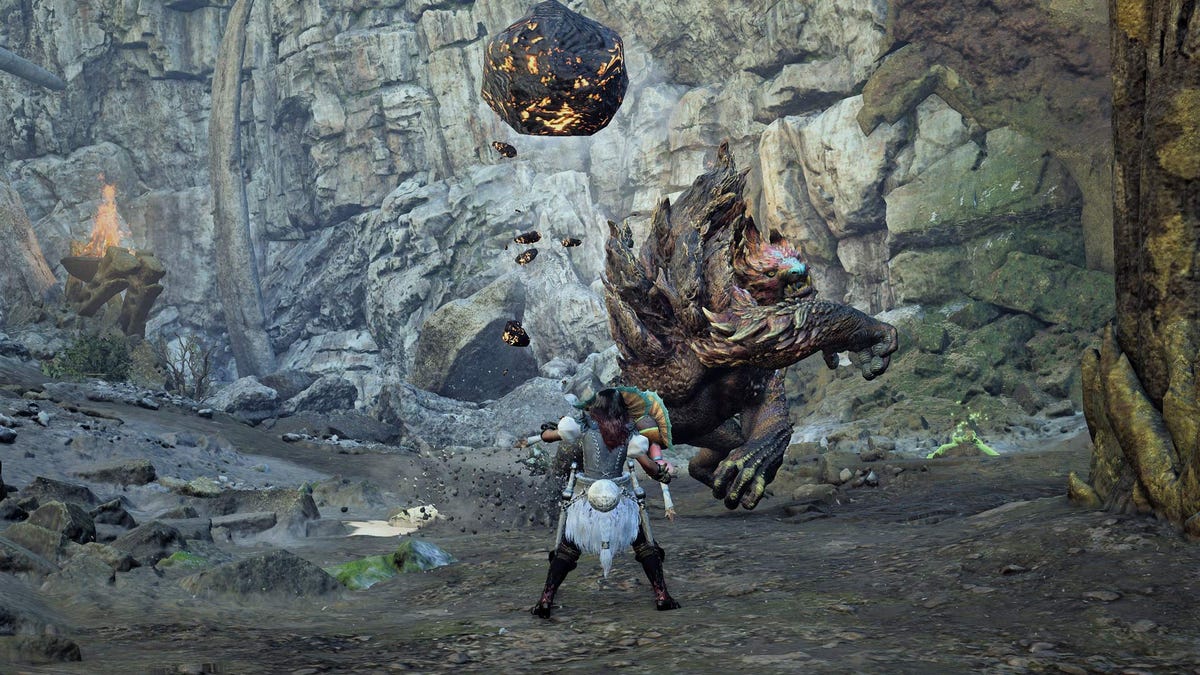
































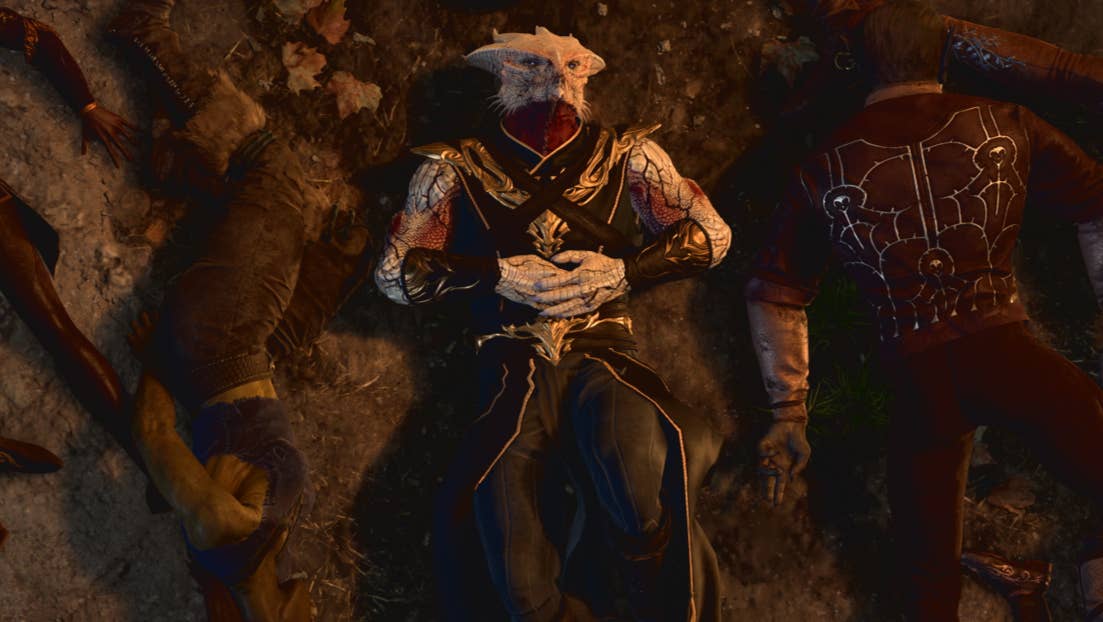



















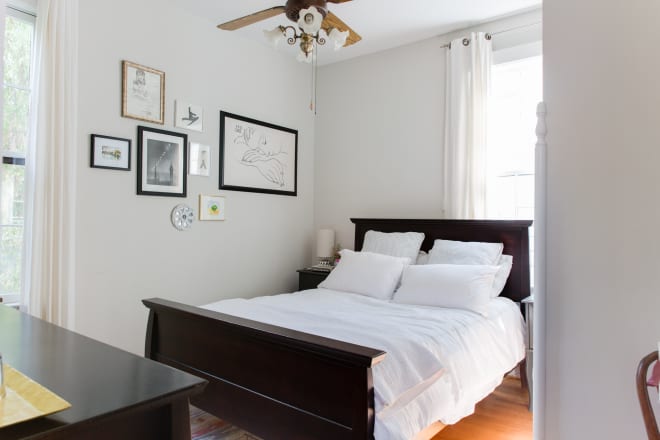
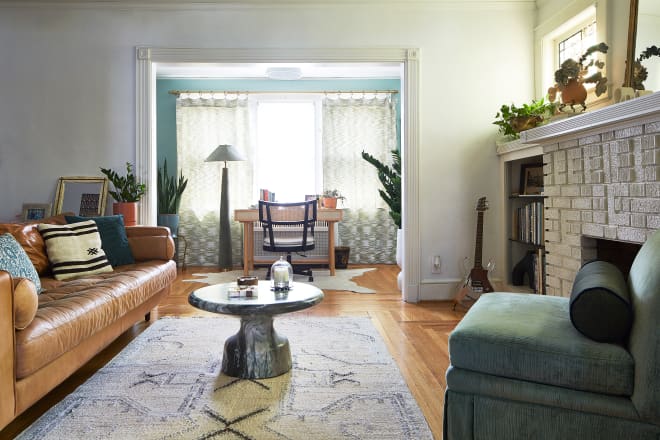




















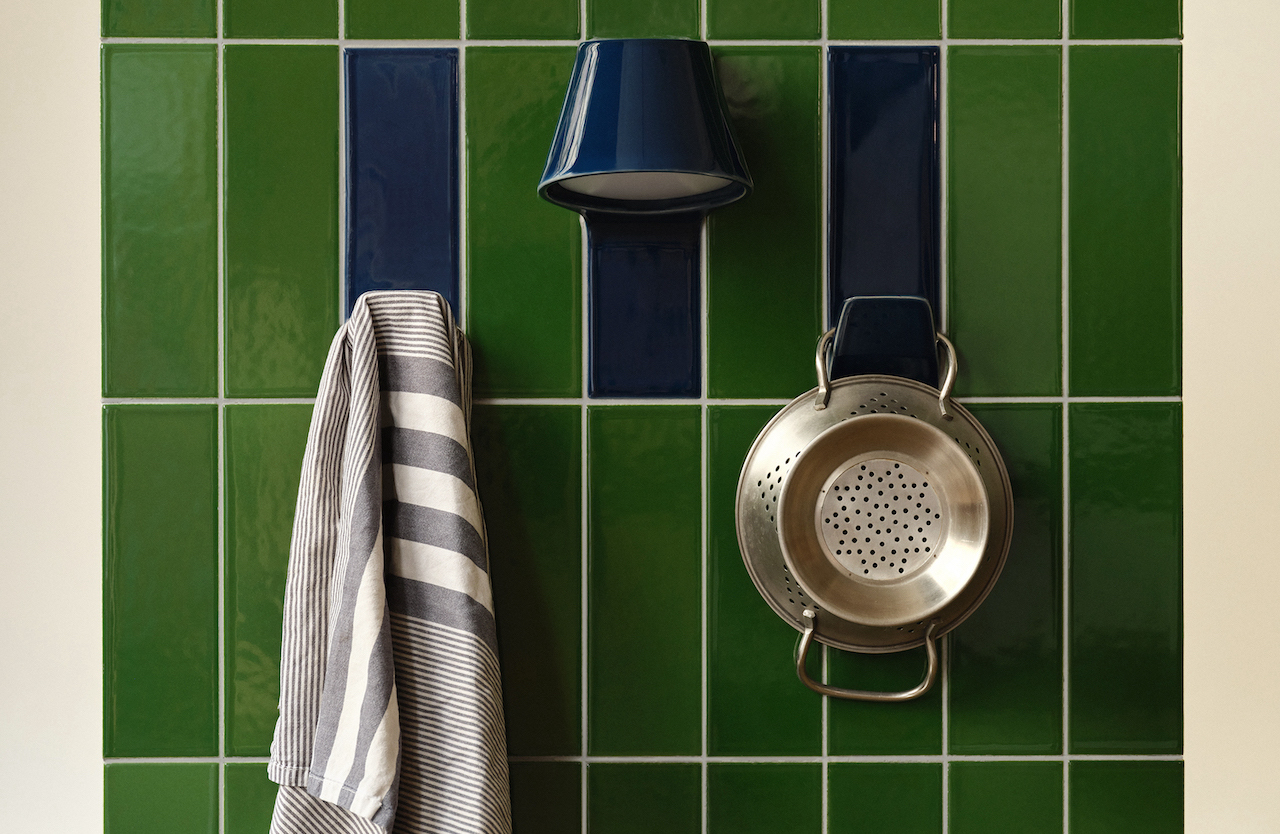
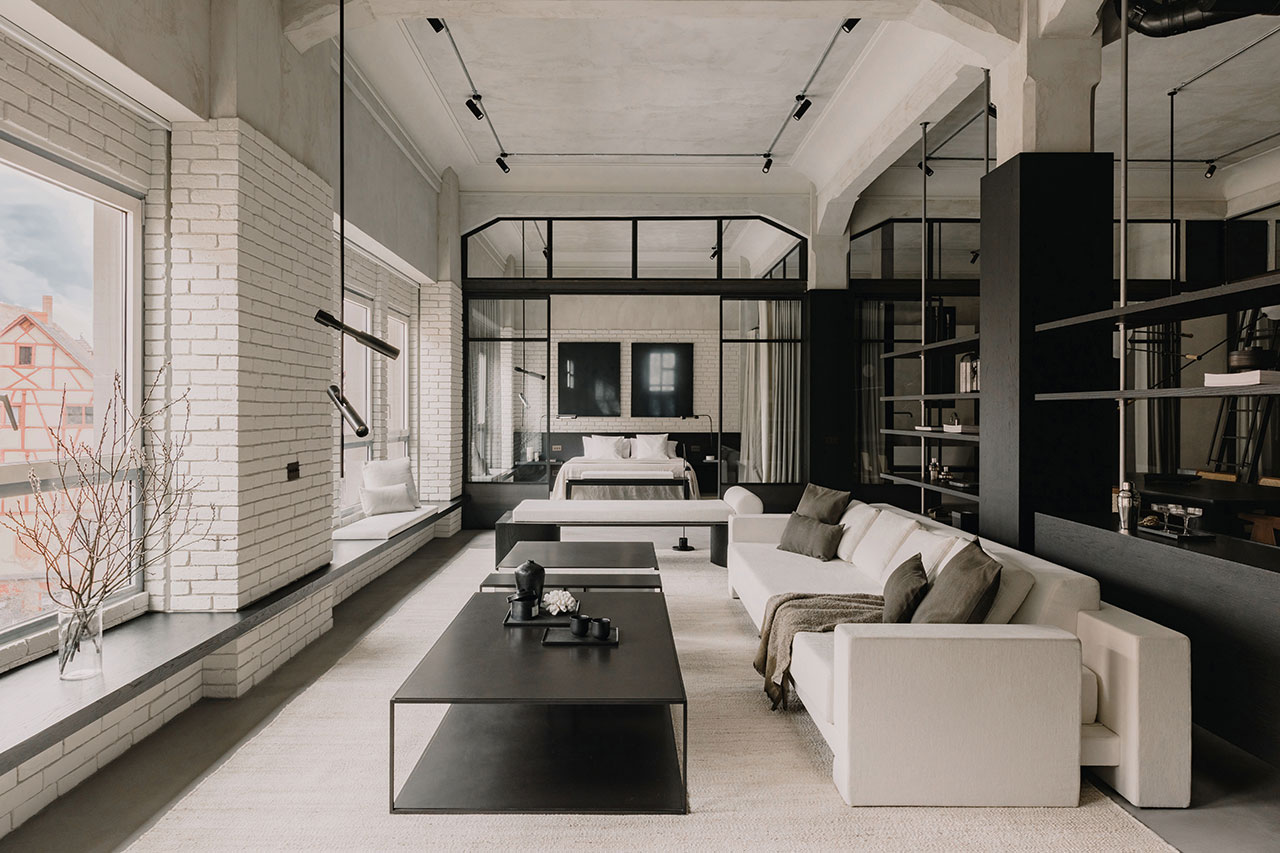
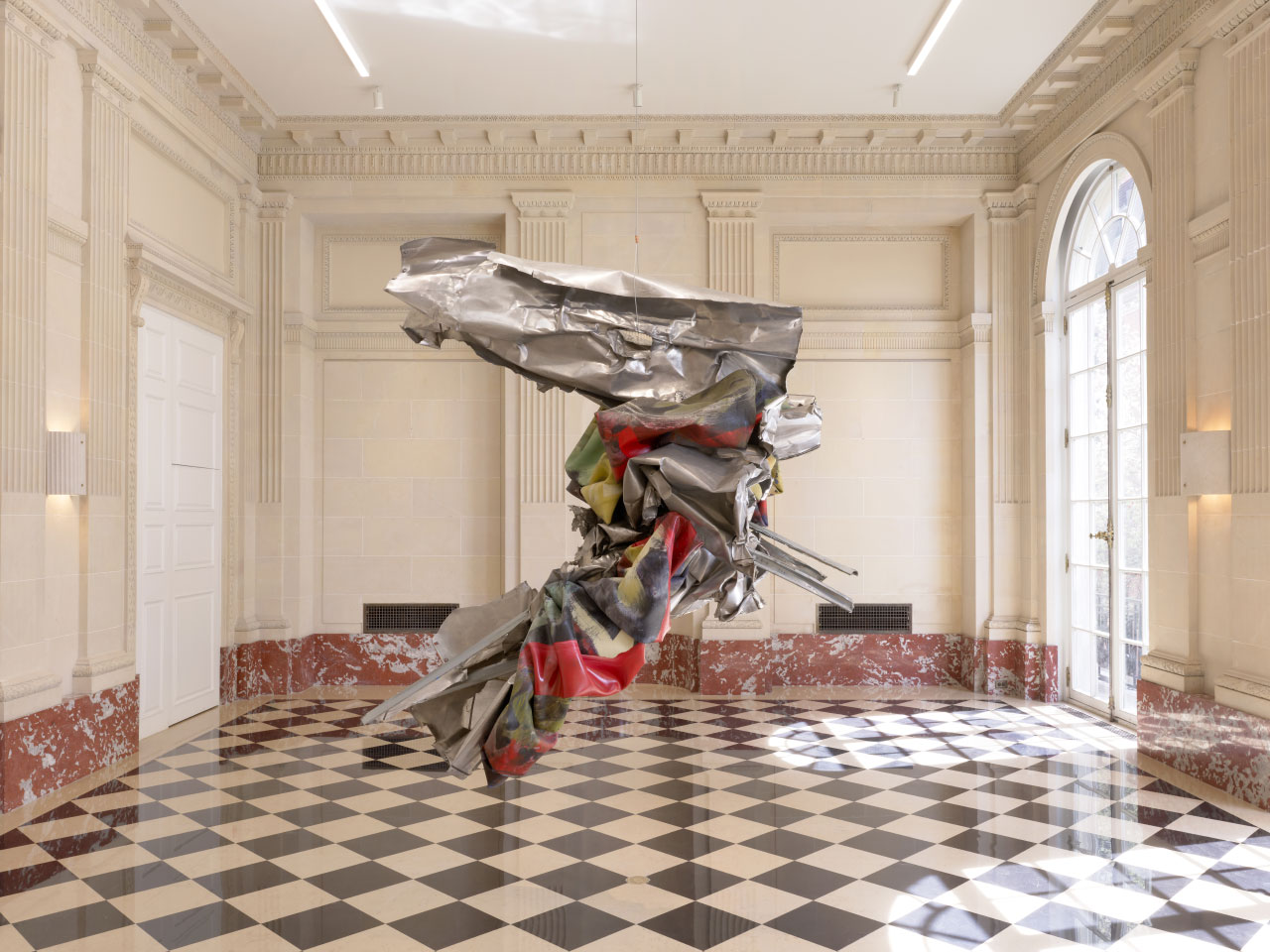


























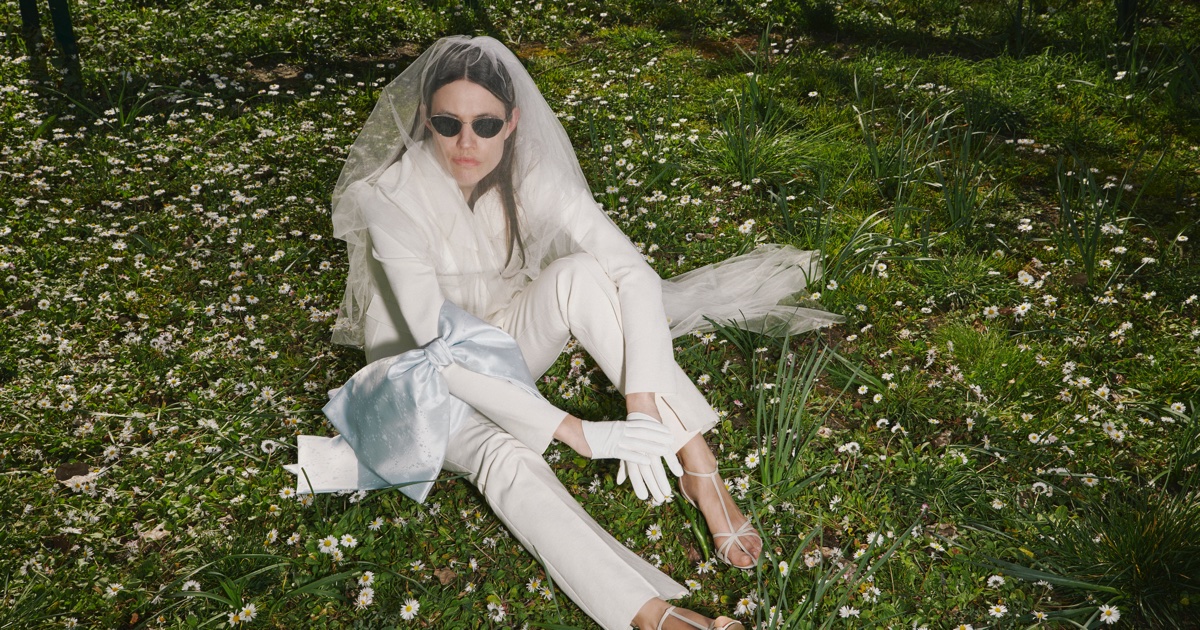


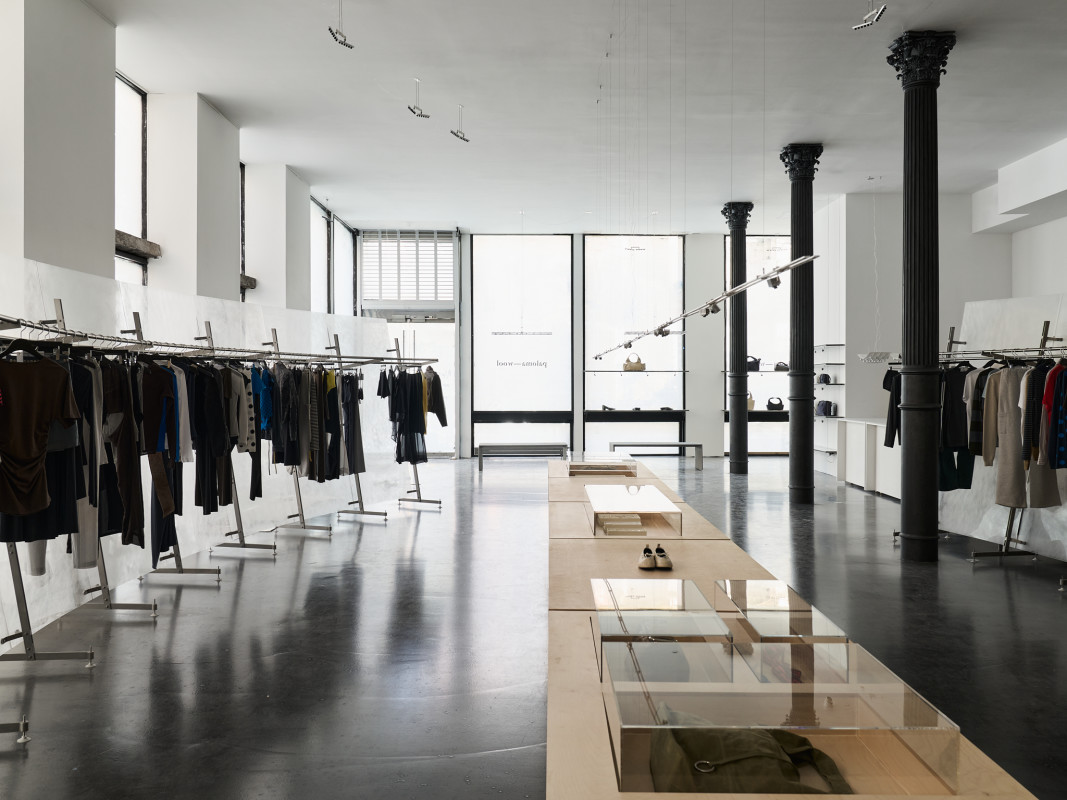




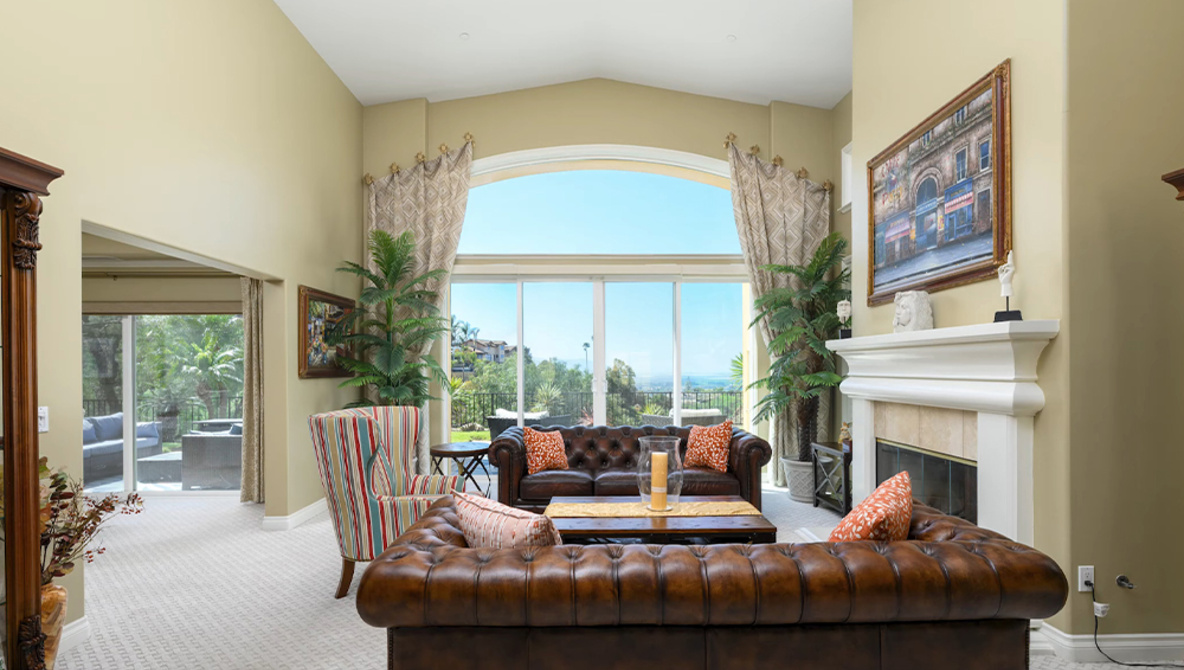


_site.jpg)





